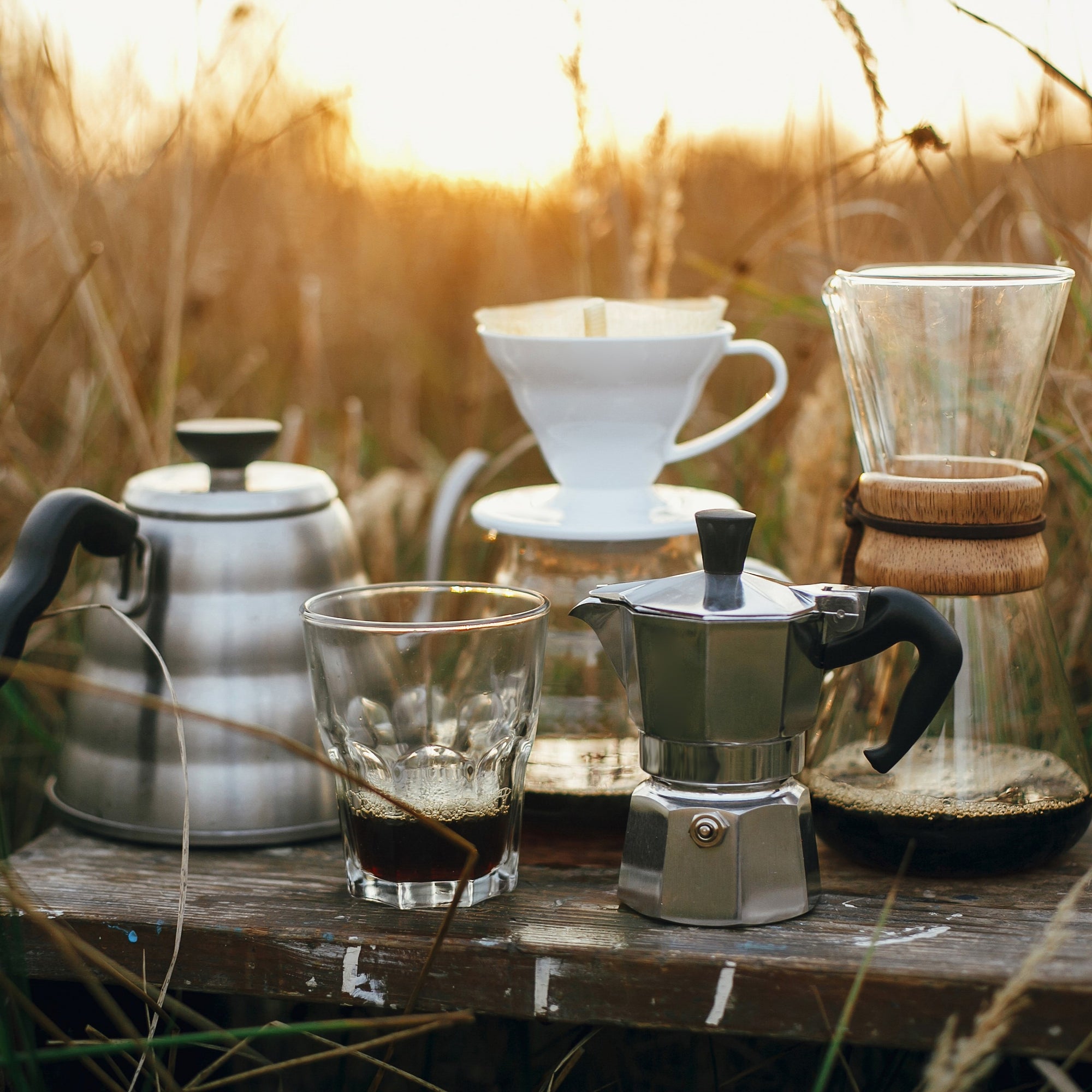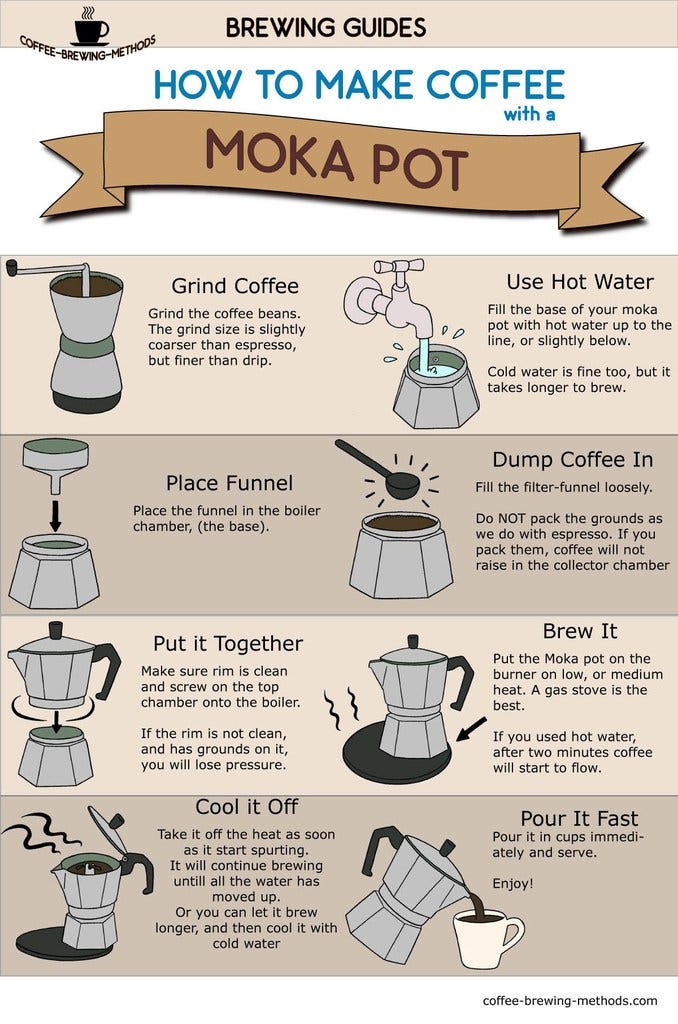Coffee Brewing Methods Debunked: From French Press to Cold Brew
Coffee Brewing Methods Debunked: From French Press to Cold Brew
Blog Article
Comprehending Various Coffee Brewing Techniques for a Richer Taste Experience
An extensive understanding of different coffee brewing methods can profoundly influence your taste experience, exposing the complex nuances of this beloved beverage. As you consider which come close to ideal matches your preference preferences, the question remains: how do these approaches affect the last mug, and which might raise your coffee experience to new heights?
Drip Coffee Manufacturer
While several coffee fanatics appreciate the nuances of different brewing approaches, the drip coffee machine stays a staple in homes and offices because of its simplicity and effectiveness. This appliance runs by home heating water and allowing it to move with coffee grounds, removing flavors and oils, which after that drip right into a carafe listed below.
The drip coffee maker is preferred for its capability to brew several cups at the same time, making it suitable for busy early mornings or gatherings. Customers can easily tailor the stamina of their coffee by adjusting the quantity of coffee premises utilized or selecting a mixture strength establishing found in several contemporary machines. Furthermore, programmable features enable customers to set a timer, guaranteeing a fresh pot of coffee prepares upon waking.
Maintenance is relatively simple, as most drip coffee machine require regular cleaning to get rid of mineral accumulation. Many versions are likewise outfitted with attributes such as car shut-off, which enhances safety and power efficiency. Eventually, the drip coffee machine offers a straightforward and dependable choice for those looking for a regular and pleasurable coffee experience without the intricacies of even more intricate brewing methods.

French Press
The French press supplies a distinctive brewing experience that contrasts dramatically with the automatic procedure of a drip coffee machine. This manual method enables an intimate communication with the coffee-making procedure, offering customers greater control over various criteria, such as steeping time, coffee-to-water ratio, and grind dimension.
To make coffee using a French press, coarsely ground coffee beans are steeped in warm water for approximately four minutes. This immersion technique essences rich oils and flavors from the coffee, leading to a robust drink that highlights the nuances of the beans utilized. The steel or nylon mesh filter of the French press allows vital oils to continue to be in the mixture, adding to its durable taste account.
When utilizing a French press, it is necessary to pay focus to the brewing time and water temperature, as these elements considerably influence the final taste. Testing with various coffee selections and soaking periods can lead to a customized flavor experience. In general, the French press is a rewarding and accessible approach for coffee lovers seeking to grow their admiration for the complexities of their favorite drink.
Pour-Over Methods
Pour-over techniques elevate the coffee developing experience by enabling specific control over every element of the process, from water temperature level to pouring strategy. This technique entails manually putting hot water over coffee premises in a filter, usually situated in a dripper, which enables optimal removal of flavors.
To begin, selecting the ideal coffee grind is critical; a medium to medium-fine grind works best to ensure correct water flow and removal (coffee brewing methods). Next, water temperature level must preferably range in between 195 ° F and 205 ° F, as this array extracts the very best flavors without heating the coffee
The pouring strategy also plays an essential function. A slow-moving, circular movement when saturating the premises can help uniformly extract oils and tastes. It's often suggested to allow the coffee to flower for 30 secs after the initial put, which lets carbon dioxide getaway and boosts taste development.
Espresso Equipments
For those seeking a different yet similarly fulfilling brewing experience, espresso devices use an unique method of coffee preparation that highlights pressure extraction. This procedure includes compeling warm water through finely-ground coffee at roughly 9 bars of pressure, leading to a concentrated shot of espresso that showcases rich flavors and scents.

The high quality of espresso is influenced by several aspects, including grind dimension, dosage, water temperature, and extraction time. Attaining the excellent coffee shot requires practice and focus to information. Additionally, the coffee works as a base for different coffee beverages, such as cappucinos, cappuccinos, and Americanos, making it a versatile selection for coffee fanatics.

Cold Mixture Techniques
Cold brew coffee has actually obtained appeal for its smooth, low-acidity profile and revitalizing preference, making it a suitable choice for cozy weather condition or those sensitive to typical developing techniques - coffee brewing methods. The process of cool developing commonly entails steeping coarsely ground coffee beans in cold or area temperature level water for a prolonged period, usually 12 to 24 hours. This approach essences flavors differently than warm water, leading to a rich, intricate brew that highlights chocolatey and fruity notes
There are numerous chilly mixture techniques available, consisting of immersion and drip developing. The immersion technique is the most uncomplicated; just incorporate coffee and water in a container, let it high, and afterwards strain the premises. On the other hand, the drip method makes use of a specialized coffee machine to gradually trickle water through coffee premises, permitting a much more controlled extraction procedure.
No matter the approach picked, the coffee-to-water ratio is vital, usually advised at 1:4 for a concentrated brew that can be weakened with water or milk prior to offering (coffee brewing methods). Cold mixture can be served over ice, mixed with flavored syrups, or utilized as click here for info a base for numerous coffee drinks, providing adaptability and an one-of-a-kind taste experience
Conclusion
In final thought, checking out different coffee brewing methods significantly enriches the taste experience. Involving with these diverse developing processes not only boosts admiration for coffee's intricacy however also empowers people to tailor their coffee enjoyment according to individual choices.
Individuals can easily tailor the stamina of their coffee by changing the amount of coffee premises utilized or selecting a mixture stamina establishing located in lots my response of contemporary machines. Inevitably, the drip coffee maker offers a straightforward and trustworthy option for those looking for a constant and enjoyable coffee experience view publisher site without the intricacies of more intricate brewing approaches.
To brew coffee making use of a French press, coarsely ground coffee beans are steeped in warm water for around four mins. Conversely, the drip technique utilizes a specific coffee maker to gradually trickle water with coffee premises, allowing for an extra controlled removal procedure.
Engaging with these varied brewing processes not just enhances admiration for coffee's complexity however additionally equips people to tailor their coffee pleasure according to personal preferences.
Report this page